Firebird X
A review of Gibson’s latest attempt at marrying technology, design and acoustics

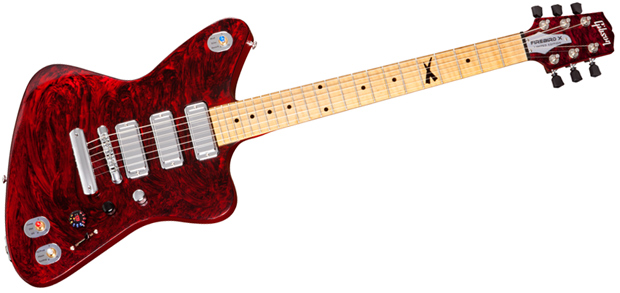
The new Gibson Firebird X marks the iconic brand‘s latest venture into a range of new technologies by building features typically associated with studio recording software directly into the guitar. Having heard mixed reviews, we felt compelled to enlist our friend and lifelong guitar player, Luke Janklow to weigh in. After spending a few days hands-on with the Firebird X Janklow, admittedly a purist and tough customer, lands firmly in the negative camp. His experience reinforces the idea that, while this particular iteration may go down as more of a stepping stone towards the evolution of a truly advanced, beautiful and acoustically sound instrument—most would agree it’s just not there yet—the shift it’s taken in the world of electric guitars maintains its overall relevance. Janklow even went so far as to call the Firebird X “an important, if not watershed moment in the guitar’s modern evolution.” Whether this version becomes the harbinger of change in the field remains to be seen, but in the meantime, Janklow had the following comments to make on the current model.
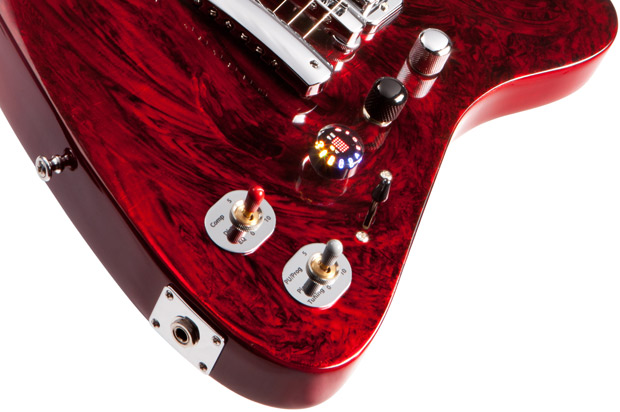
“This is a fantastic bit of technology, but not necessarily a great guitar just yet,” he says. “The Gibson Firebird X is a fantastic effort, loaded with an astounding range of sounds and flexibility, but it’s ultimately not completely successful as a musical instrument.”
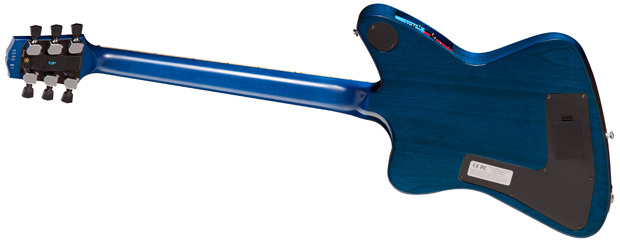
While the infrastructure under the hood is extensive, the intricate stockpile of “amp sounds, effects, echoes, reverbs, compressors and acoustic-type sounds” aren’t configured to be played on the fly. Janklow discussed the the seemingly endless array, while pretty fabulous, also serves the source of the real problem. Having to memorize the location and combination that yields the sound you seek—triangulated by a dizzying combination oddly placed of switches, knobs and sliders—can be potentially clinical and distancing. “The process feels a bit nerdy and stilted, and I, personally, faced a steep learning curve to make it my own,” he says, adding that the inherent sexiness of guitar playing has been minimized for the sake of its powerful features when the physical and virtual should, ideally, be harmonized in a good instrument.
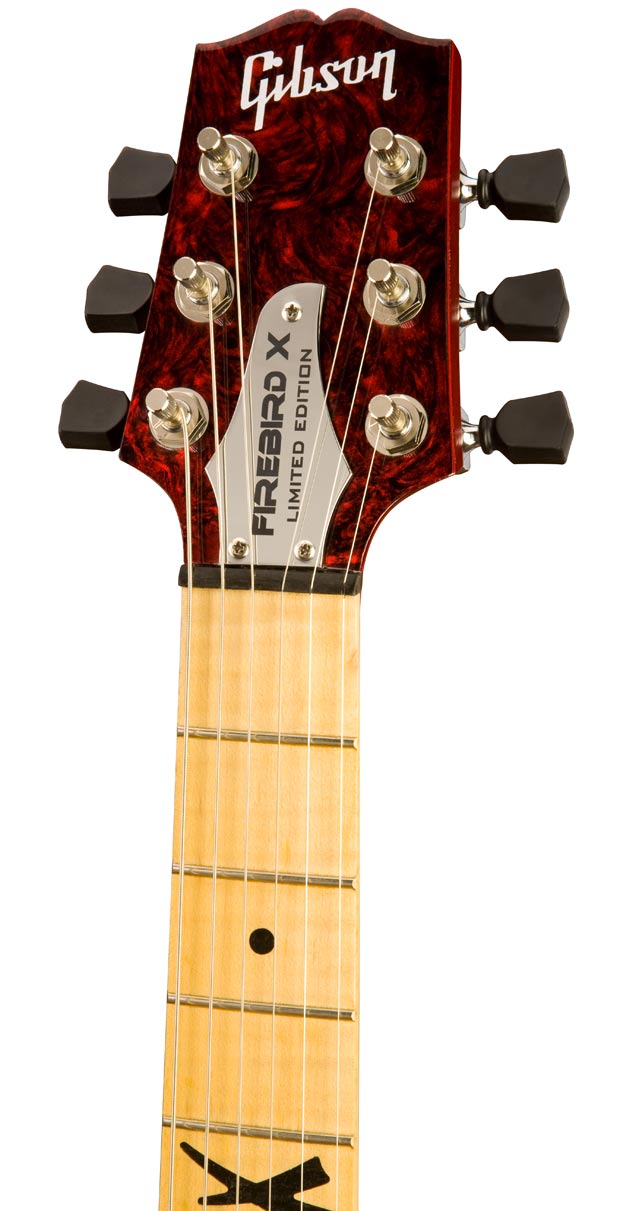
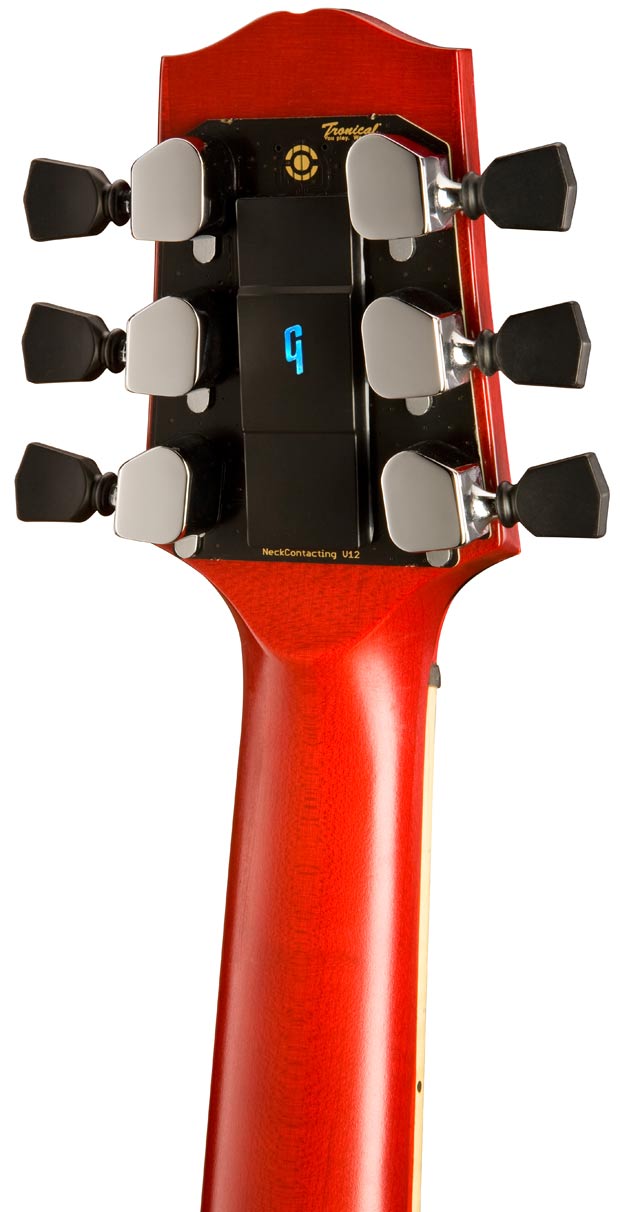
In Janklow’s opinion, the Firebird X (“meaning ‘X’ not ’10’, sadly”) showcases Gibson’s firm commitment to exploring, embracing and blending technology into its future. The company is throwing down the gauntlet and shaking the traditionalist foundations of guitar enthusiasts everywhere with this model, which marks an invitation to non-professionals to immerse themselves in a comprehensive library of classic sounds that are very alchemical and complex to create in the real world.
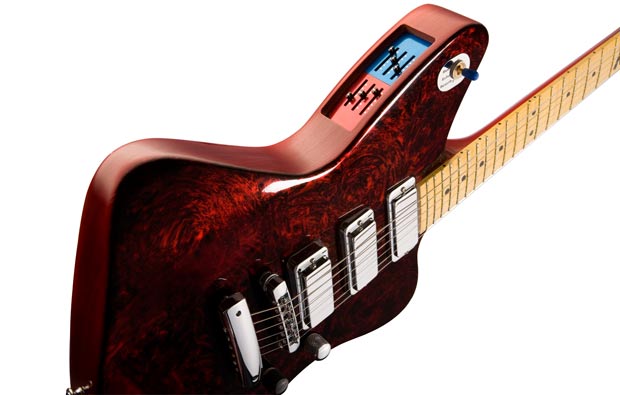
One highlight, for Janklow, were the sounds. “Firebird has an on-board backwards-guitar setting, and a crazy Jack White sub-octave pre-set, so how bad can it be?” he asks. On the other hand, while this guitar has a thousand convenient sounds, “they do all seem to belong to someone else,” he adds.
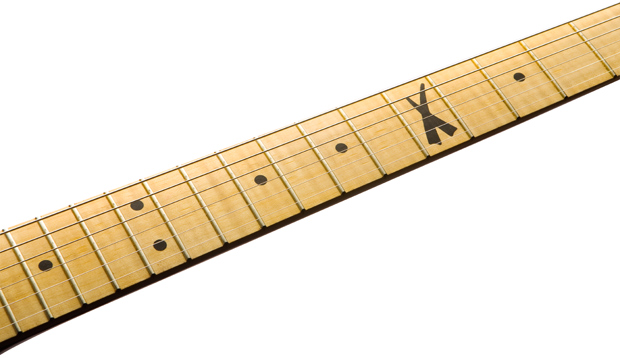
For $6,000, the Firebird should deliver on all levels, but Janklow found the strings to be hard and springy. “The guitar is a beast to play, and doesn’t seem to pack the potential for emotional, rocking tones in this current iteration” he confesses. “Playing guitar is an amazingly tactile and sensual experience, and if this model played and sounded more natural while housing all of its amazing technology and versatility, it would be a must-have piece.”
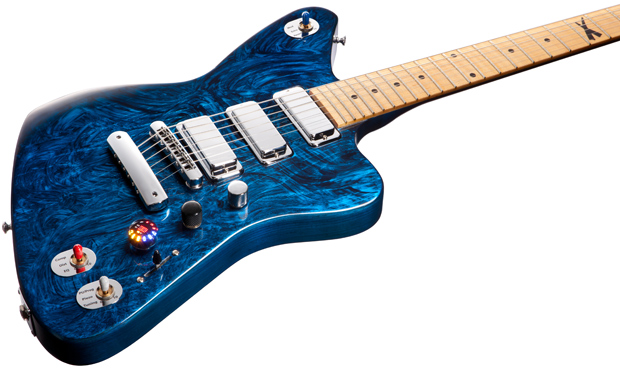
Janklow sums it up: “The Firebird X marks a brave and noble effort but it’s not there yet. The guitar world needs a meaningful transformation in the spirit of a holistic technology design mind like Steve Jobs. Otherwise, let’s just work with what we’ve got.”











